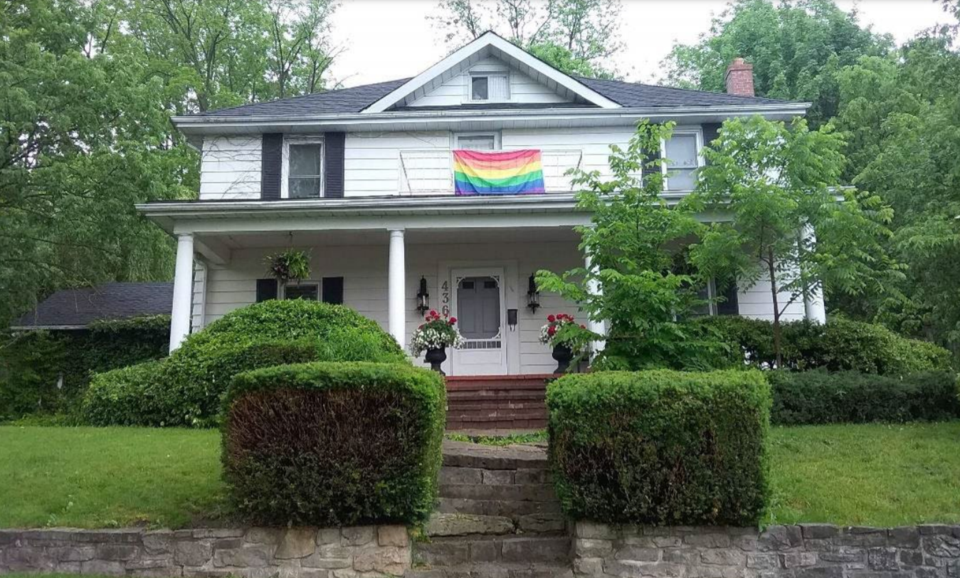Cambridge planning staff is recommending council approve adding an early Preston farmhouse to the city's heritage registry after the property owner moves the house instead of following through with an initial plan for demolition.
The city claims the property owner has indicated they are in support of listing the property on the register, once the house is moved.
The "Italianate influenced Ontario farmhouse" at of 436 Fountain St., believed to have been constructed between 1890 and 1910, sits on property where a developer is in the process of building a number of single-family homes.
It has been the focus of efforts to protect it for more than two years, after heritage advocates identified its historical association with the Wismer family, a long standing farming family in Preston.
It “also has contextual value in that it is connected to 19th century farming in Preston and it is one of the last to survive in that area of the city,” they said.
A report from City of Cambridge heritage planner Laura Waldie last September outlined the findings of a heritage impact assessment initiated in October 2020 that recommended the developer relocate the existing house and stone addition "to the west side of the existing lot, approximately 50 feet from its current location.”
The city's heritage advisory committee promptly agreed with the assessment and the move to add the home to the heritage registry last September.
In order for a property to be added to the register as a property of interest, not designated, it must meet two of twelve criteria found in the City’s Official Plan.
Waldie believes the property meets four of the twelve criteria, being that it is "associated with a person who is recognized as having made an important contribution to the city’s social, cultural, political, economic, technological or physical development or as having materially influenced the course of local, regional, provincial, national or international history."
She feels it is also a "representative example of a method of construction now rarely used; a representative example of its architectural style or period of building; and it terminates a view or otherwise makes an important contribution to the urban composition or streetscape of which it forms a part."
The owner would be required to pay all costs associated with moving the house, but will have a chance to appeal the decision if council agrees with planning staff to add the home to the register.
Any objection would give council 90 days to decide whether to retain the property on the register or to withdraw it.
Council is the deciding authority on the addition of properties to the register.



